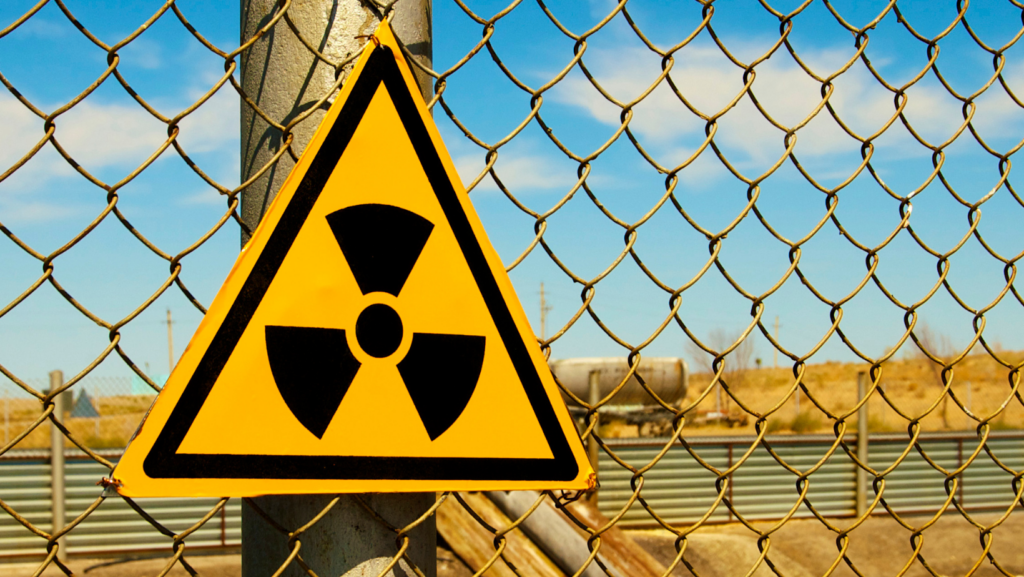Ionizing radiation is a powerful force that can have a profound impact on our health. As a seasoned expert in the field, I’ve witnessed firsthand the incredible ability of ionizing radiation to penetrate deeply into our body tissue. In this article, I’ll delve into the science behind this phenomenon and explore the potential consequences it can have on our well-being.
How Does Ionizing Radiation Penetrate Body Tissue?
When it comes to ionizing radiation, it’s crucial to understand how it can penetrate deeply into body tissue. As an expert in this field, I’m here to break it down for you.
1. Types of Ionizing Radiation
Ionizing radiation comes in different forms, each with its own ability to penetrate body tissue. These types include:
- X-rays: These are commonly used in medical imaging and can easily penetrate soft tissues like muscles and organs.
- Gamma rays: These high-energy photons can travel deep into the body, reaching even the most internal organs.
- Alpha particles: These particles have a large mass and a positive charge, which means they can be stopped by just a few inches of air or a piece of paper.
- Beta particles: These particles have a smaller mass and can penetrate further than alpha particles, but they can still be stopped by a few millimeters of material.
2. Interaction with Body Tissue
When ionizing radiation encounters body tissue, it interacts with the atoms and molecules within it. This interaction can lead to the ionization of atoms and the formation of free radicals. These free radicals can damage the DNA within our cells, potentially leading to health issues such as cancer.
The ability of ionizing radiation to penetrate deep into body tissue is influenced by several factors, including:
- Energy of the radiation: Higher-energy radiation can penetrate further into the body.
- Density of the tissue: Tissues with higher density, such as bones, can be more resistant to radiation penetration.
- Thickness of the tissue: Thicker tissues can also provide some level of protection against radiation.
3. Importance of Shielding
Given the potential harm that ionizing radiation can cause, it’s important to take precautions to minimize exposure. Shielding materials, such as lead or concrete, can be used to block or absorb the radiation, reducing its ability to penetrate body tissue. This is especially critical in medical settings, where healthcare professionals and patients need protection during procedures involving ionizing radiation.

What Form of Ionizing Radiation Can Penetrate Deeply Into Body Tissue?
When it comes to ionizing radiation, it’s crucial to understand how it affects our body tissue. As I mentioned earlier, ionizing radiation has the ability to penetrate deeply into body tissue, causing various effects that can range from mild to severe.
One of the primary concerns with ionizing radiation is its potential to damage DNA. When ionizing radiation interacts with atoms in our body, it has enough energy to remove tightly bound electrons, resulting in the ionization of atoms. This ionization process creates highly reactive molecules known as free radicals. These free radicals can wreak havoc on our DNA, causing breaks or even changes in the genetic code.
As a result, exposure to ionizing radiation increases the risk of developing various health issues, including cancer. The DNA damage caused by ionizing radiation can lead to mutations that can disrupt the normal functioning of our cells, potentially leading to the formation of cancerous cells.
Minimizing Exposure to Ionizing Radiation
As an expert in the field, I understand the importance of minimizing exposure to ionizing radiation. With its ability to penetrate deeply into body tissue, ionizing radiation can pose serious health risks. That’s why it’s crucial to take appropriate measures to protect ourselves.
Here are some effective ways to minimize exposure to ionizing radiation:
- Time: Limiting the duration of exposure is key. Whenever possible, reduce the time spent near sources of ionizing radiation. This could involve limiting unnecessary medical procedures or reducing the time spent in areas with higher levels of radiation.
- Distance: Maintaining a safe distance from sources of ionizing radiation is essential. The intensity of radiation decreases as you move away from the source, so increasing the distance between yourself and the source can significantly reduce your exposure.
- Shielding: The use of appropriate shielding can provide valuable protection against ionizing radiation. This can include wearing lead aprons or using lead-lined shields during medical procedures. Additionally, structural shielding in facilities that work with radioactive materials can help minimize the risk of exposure to occupants.
- Monitoring: Regular monitoring of radiation levels is crucial to ensure safe exposure levels are maintained. This is particularly important for individuals who work in environments with potential radiation hazards. Continuous monitoring and proper training can help detect any issues and ensure prompt action is taken to minimize exposure.
- Education: Understanding the risks associated with ionizing radiation is key. By educating ourselves and others about the potential hazards, we can make informed decisions and take appropriate precautions to minimize exposure.
Conclusion
It is crucial to understand the potential harm that ionizing radiation can cause to our body tissues. By minimizing our exposure to this type of radiation, we can significantly reduce the risk of developing health issues. Throughout this article, I have discussed effective ways to minimize exposure, such as limiting the duration of exposure, maintaining a safe distance from radiation sources, using appropriate shielding, regularly monitoring radiation levels, and educating ourselves about the risks.

Leave a Reply